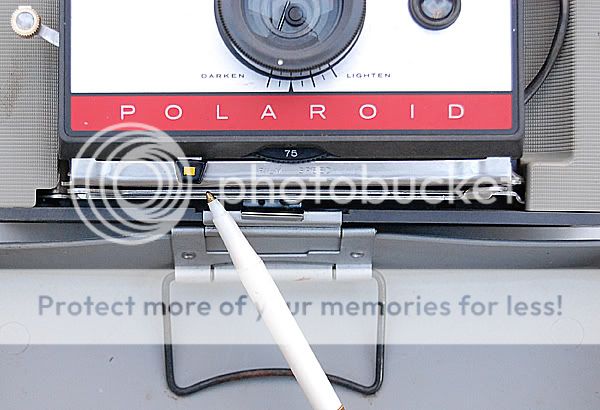xypex982
TPF Noob!
- Joined
- Oct 19, 2008
- Messages
- 85
- Reaction score
- 1
- Location
- Southern, CA
- Can others edit my Photos
- Photos OK to edit
OK so I have taken two pictures with it so far, and I know the first one I did wrong, because I took the picture and thought it was developing when it was in the camera and then when I pulled the film out I immediately opened the package thing. I realized what I did wrong and the next picture I took I believe I did it correctly and pulled out the film and let it develop in my hand before ripping open the package thing, but that one didnt come out. The problem was that the 1st pic came out pink and the 2nd came out black. Any idea what is wrong or what to do?
Also the camera's ISO setting is 75 but I'm using the fuji pack film rated at 100 ISO, so what should I do to compensate?
Also the camera's ISO setting is 75 but I'm using the fuji pack film rated at 100 ISO, so what should I do to compensate?







![[No title]](/data/xfmg/thumbnail/41/41934-5071025280901954ee561590003df10e.jpg?1734176289)






![[No title]](/data/xfmg/thumbnail/42/42455-61fb2cf2ac4f6de557a508b2195fc822.jpg?1734176994)